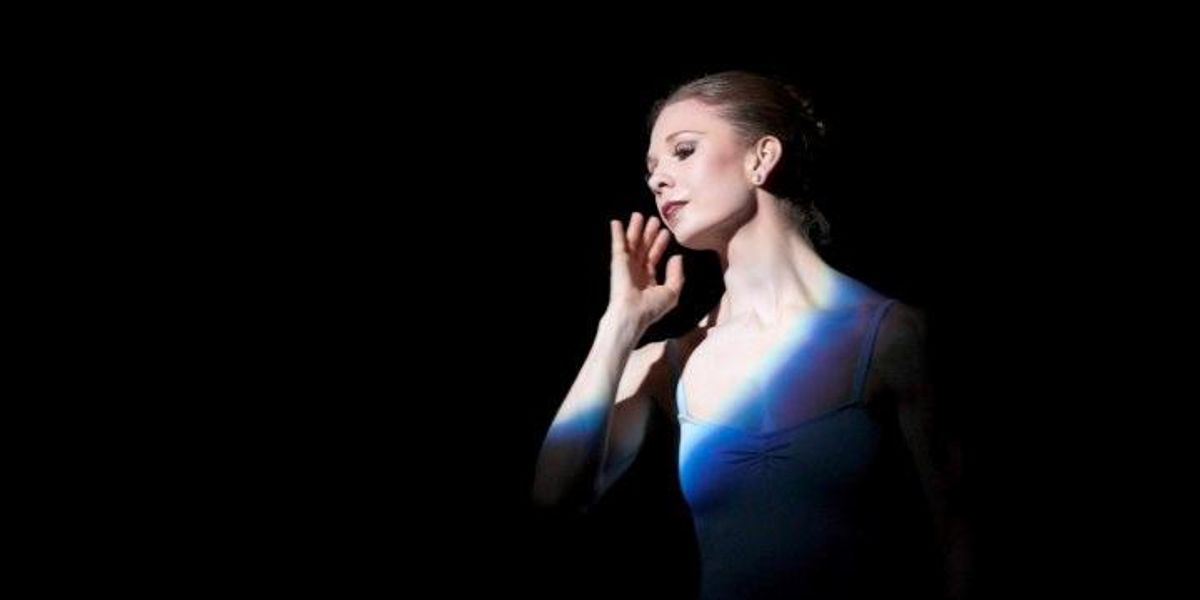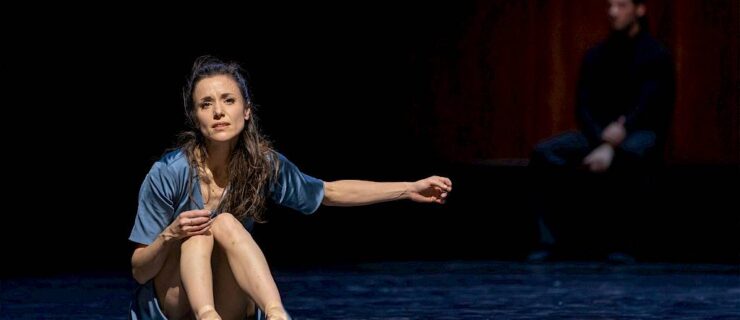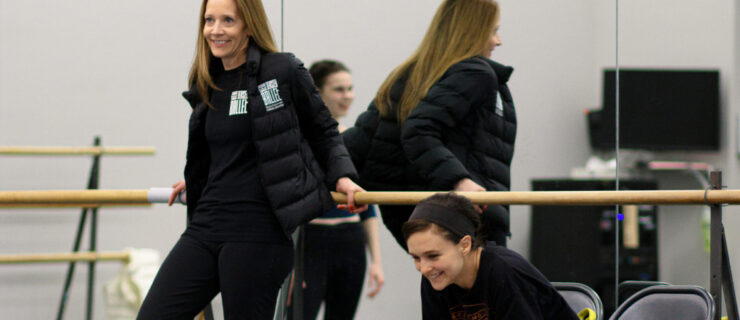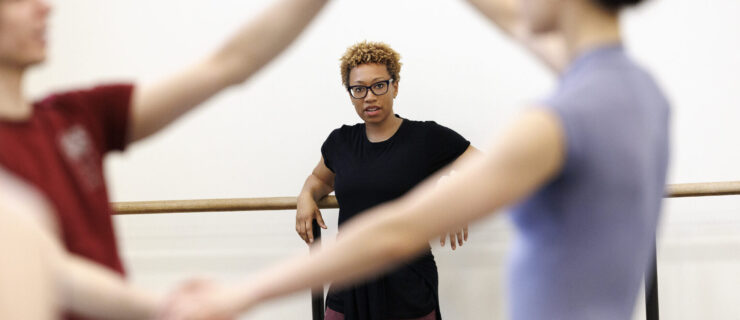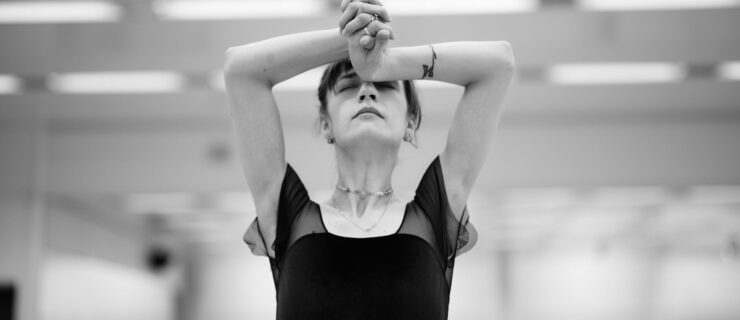"Being a Ballerina: The Power and Perfection of a Dancing Life" Gives a Vivid Portrayal of the Working Dancer
Before reading her excellent memoir, Being a Ballerina: The Power and Perfection of a Dancing Life (University Press of Florida, $26.95), I’d never heard of Gavin Larsen. She isn’t a famous superstar ballerina with a first-tier company promising revelations of juicy celebrity gossip and salacious liaisons. She has no rags-to-riches history, no heartbreaking backstory of overcoming great odds. She was, in fact, a hard-working, successful, very skilled professional ballerina for 18 years, retiring in 2010 as principal of Oregon Ballet Theatre, with previous stints including Pacific Northwest Ballet, The Suzanne Farrell Ballet and Alberta Ballet.
And her story is all the more engrossing for its vivid portrayal of the “everyday” ballerina, making it relevant and resonant for a multitude of dancers who aspire to a professional dancing life. As she documents the discipline, dedication and sheer stamina that life in the ballet world requires, she traces a journey of transforming craft into art.

Larsen lays the groundwork of her early years in third person, giving the narrative an appealing novelistic quality. (Since retiring from dance Larsen has embarked on a writing career, and is a frequent contributor to Pointe.) We see her transform from a shy 8-year-old faking her way through her first ballet class at New York School of Ballet, through her audition for and acceptance into the School of American Ballet, to her first Nutcracker performance and her determination at 16 to “unleash the dancer beast within…bursting out of her skin with furiously red-hot technical prowess.”
As she enters professional life, Larsen throws light on the business of ballet, “the show must go on” ethos, dancing through fatigue and injury. She illuminates the reality of the day-to-day, from the morning stretching regimen, to the grind of living in pointe shoes eight hours a day during back-to-back classes and rehearsals, to the magic of performance. Her deft writing portrays a sly wit and a refreshing lack of self-importance, describing treacherous “puddles of sweat on the stage” in performance. “Like slugs, dancers leave paths of slime behind them.”
She delves into overcoming the mental challenges of self-imposed doubt, the worry of not living up to one’s own standards, and the fear of physical failure, capturing the frailty of the aging body in a field in which one misstep can be career-ending. “We balance ourselves on the brink of disaster and taunt the rules of physics because that is the only way to truly dance. Our only safety nets are our bodies, training and courage.”
Larsen met those challenges with a laserlike single-mindedness and focus, largely forgoing a rich social life for a more self-described monastic lifestyle of routine and regularity. Yet she also describes an incredibly rich network of support, from her fellow dancers to the dedicated crew of people who enable the magic of performance.
 Larsen with Artur Sultanov in Balanchine’s Duo Concertant at Oregon Ballet Theatre.
Larsen with Artur Sultanov in Balanchine’s Duo Concertant at Oregon Ballet Theatre.
Blaine Covert, Courtesy University Press of Florida
Throughout, Larsen never loses sight of the exhilaration of dance. She describes how the power of music could turn an exercise into a moment of “pure, ecstatic joy.” She expresses deep appreciation for a skilled, attentive partner during the intimacy and intricacy of a pas de deux. She captures one memorable performance with movingly heartfelt sincerity: “…suddenly, at the height of the lift and on that one magnificent note, everything was crystal clear: this is the apex of life. This is the happiest a person on earth can be. This is perfection.”
